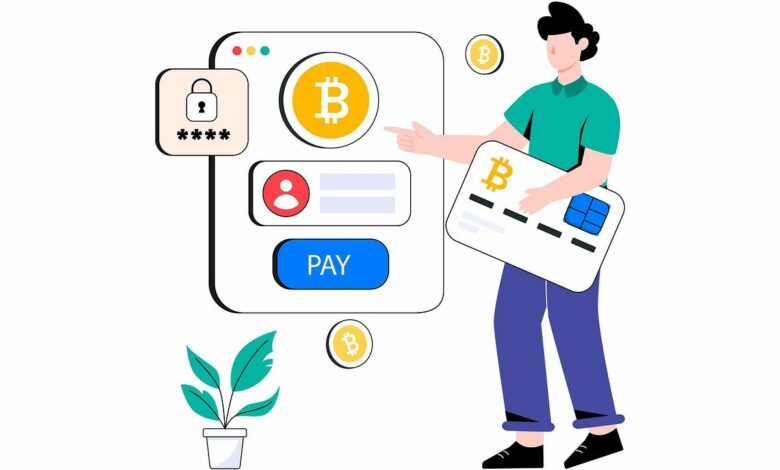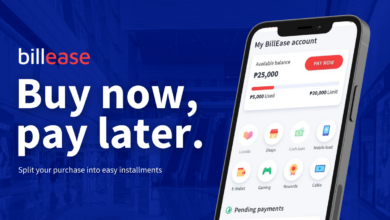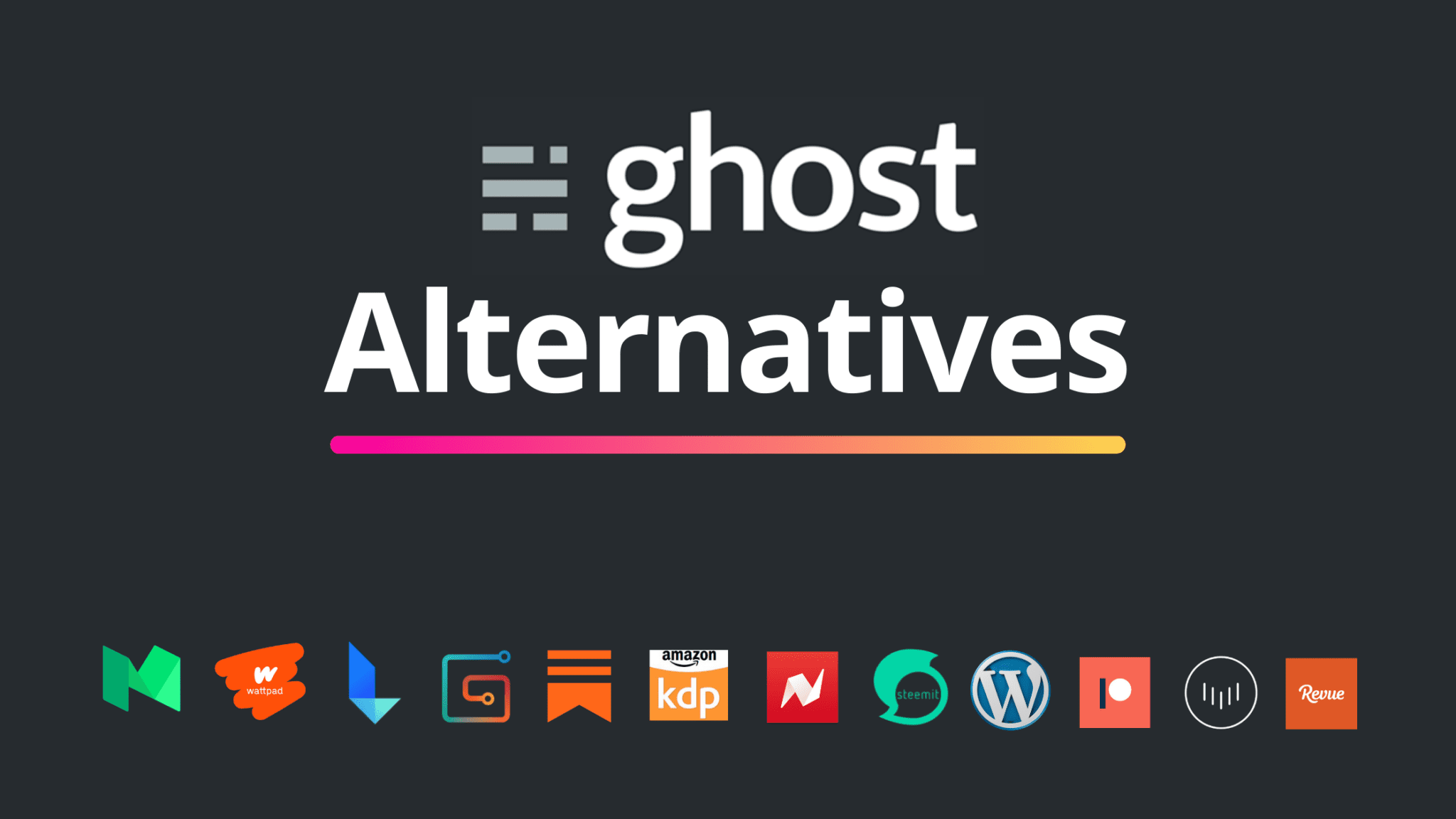Accepting Polygon Payments Made Easy: Step-by-Step Instructions

Firstly, acquaint yourself with the basics of the Polygon network. Its ecosystem relies on a unique consensus mechanism called Proof of Stake (PoS), which significantly reduces transaction fees compared to Ethereum’s Proof of Work (PoW). This inherent efficiency is a key allure for merchants seeking to embrace Polygon.
Next, select a suitable cryptocurrency wallet that supports Polygon. Metamask, a browser extension wallet, is a popular choice for this purpose. Ensure it’s configured to work seamlessly with MATIC tokens, the native cryptocurrency of the Polygon network.
Now, it’s time to integrate Polygon payments into your online platform. Leveraging Polygon’s robust APIs and smart contracts, developers can craft custom solutions tailored to your business needs. This integration facilitates the acceptance of Polygon payments by your customers.
To add a layer of convenience for your clientele, consider implementing Polygon-based payment gateways such as Matic.js. These tools simplify the checkout process and enhance the user experience, making it more appealing for users to transact using MATIC tokens.
Maintaining transparency and security is paramount when dealing with cryptocurrencies. Familiarize yourself with Polygon’s Layer 2 security measures like Plasma and zk-Rollups. These technologies provide a robust shield against potential vulnerabilities.
In conclusion, embracing Polygon payments is a strategic move in the ever-evolving landscape of digital transactions. By understanding the fundamentals, integrating with the right tools, and prioritizing security, you can tap into the benefits of this efficient blockchain solution, enhancing both your business and your customers’ experiences.
What Is Polygon?
Polygon, formerly known as Matic Network, is a prominent Layer 2 scaling solution for the Ethereum blockchain. It operates as a framework for building interconnected blockchain networks, offering enhanced scalability, faster transaction processing, and reduced fees compared to the Ethereum mainnet.
Polygon employs a unique consensus mechanism called Proof of Stake (PoS), which stands in contrast to Ethereum’s resource-intensive Proof of Work (PoW) protocol. This PoS approach significantly lowers transaction fees and improves overall network efficiency.
At its core, Polygon is designed to address some of the scalability challenges faced by Ethereum, which can become congested during periods of high demand. It achieves this by enabling the creation of sidechains that are compatible with Ethereum but operate independently. These sidechains, also referred to as Polygon PoS chains, can process transactions and execute smart contracts swiftly and cost-effectively.
Additionally, Polygon offers support for a wide range of Layer 2 scaling technologies, including Plasma and zk-Rollups, which enhance security and scalability while maintaining compatibility with Ethereum’s ecosystem.
In essence, Polygon provides a versatile and efficient infrastructure for blockchain development and is becoming increasingly popular for decentralized applications (DApps), DeFi projects, and businesses seeking to leverage the benefits of blockchain technology without the limitations of high fees and slow transaction times associated with Ethereum’s main netWhy Accept Polygon Payments?
Accepting Polygon payments offers a myriad of compelling reasons for businesses and individuals looking to stay at the forefront of the cryptocurrency revolution. Here are some key factors to consider:
1. Low Transaction Fees:
- Polygon’s Proof of Stake (PoS) mechanism significantly reduces transaction fees, making it an attractive option for both merchants and customers. This cost-effectiveness can result in substantial savings, especially for businesses processing numerous transactions.
2. Rapid Transaction Speeds:
- Polygon’s Layer 2 scaling solution enhances the speed of transaction processing. Transactions on the network are lightning-fast, providing a seamless experience for users. This speed is particularly advantageous for applications requiring quick confirmation, such as gaming and DeFi.
3. Scalability and Efficiency:
- Polygon’s infrastructure allows for the creation of sidechains and interconnected blockchains, addressing Ethereum’s scalability issues. This scalability ensures that your business can grow without being hindered by network congestion.
4. Compatibility with Ethereum:
- Polygon is fully compatible with the Ethereum network, enabling you to leverage Ethereum’s existing ecosystem of tokens, smart contracts, and tools. You can seamlessly integrate Polygon payments while maintaining your Ethereum-based operations.
5. Diverse Use Cases:
- Polygon is not limited to payment processing. It supports a wide array of applications, including decentralized finance (DeFi), non-fungible tokens (NFTs), gaming, and more. Accepting Polygon payments opens doors to various use cases and a broader customer base.
6. Community Support:
- Polygon has garnered significant support from the crypto community and developers. This backing ensures ongoing innovation and a robust ecosystem, making it a reliable choice for long-term payment acceptance.
7. Enhanced Security Measures:
- Polygon implements advanced security features, such as Plasma and zk-Rollups, to protect transactions and smart contracts. These measures reduce the risk of vulnerabilities and provide peace of mind for businesses and users.
8. Global Reach:
- Cryptocurrencies like Polygon have a borderless nature, making them accessible to a global audience. Accepting Polygon payments opens your business to a broader customer base, regardless of geographical boundaries.
In conclusion, embracing Polygon payments offers a strategic advantage in the evolving landscape of digital transactions. Its cost-effectiveness, speed, scalability, and compatibility with Ethereum make it a compelling choice for businesses and individuals seeking to harness the benefits of blockchain technology while improving the efficiency and accessibility of their payment processes.
If you’re looking to broaden your payment horizons and delve into the world of cryptocurrency, understanding how to accept Polygon payments can be a game-changer. Polygon, a prominent Layer 2 scaling solution for Ethereum, offers a swift and cost-effective approach for processing transactions. To embark on this journey, you’ll require a multi-pronged strategy.
Getting Started with Polygon Payments
Embarking on the journey to accept Polygon payments can be a rewarding endeavor, offering you access to a thriving blockchain ecosystem and a rapidly growing user base. Here’s a step-by-step guide to help you get started:
1. Educate Yourself on Polygon:
- Begin by gaining a comprehensive understanding of what Polygon is and how it operates. Familiarize yourself with its unique features, including the Proof of Stake (PoS) consensus mechanism, Layer 2 scaling solutions, and security measures like Plasma and zk-Rollups.
2. Set Up a Polygon-Compatible Wallet:
- To accept Polygon payments, you’ll need a wallet that supports the network. Metamask is a popular choice. Install the wallet and configure it to work with Polygon’s native cryptocurrency, MATIC tokens.
3. Choose an Integration Approach:
- Depending on your technical expertise and requirements, you can opt for different integration methods:
- API Integration: If you have development skills or access to developers, consider integrating Polygon payments using Polygon’s APIs and smart contracts. This allows for custom solutions tailored to your specific needs.
- Payment Gateways: Alternatively, you can use existing Polygon-based payment gateways like Matic.js, which streamline the payment process and require less technical expertise.
4. Create a Polygon Wallet for Your Business:
- Generate a Polygon wallet specifically for your business. This wallet will be used to receive and manage Polygon payments. Ensure it’s secure and well-maintained to safeguard your funds.
5. Update Your Payment Options:
- Incorporate Polygon as a payment option on your website or platform. Make it visible to your customers and provide clear instructions on how to use Polygon for transactions.
6. Test Transactions:
- Before going live, conduct thorough testing to ensure that Polygon payments are functioning correctly. Test various scenarios, including successful payments and refunds, to guarantee a smooth user experience.
7. Educate Your Customers:
- Create informative guides or FAQs on your website to help your customers understand how to make payments using Polygon. Providing user-friendly instructions can boost adoption.
8. Monitor and Adapt:
- Continuously monitor the performance of Polygon payments and gather feedback from your customers. Be prepared to adapt and make improvements to enhance the payment experience further.
9. Security Measures:
- Implement security best practices to protect your business and customers from potential risks associated with cryptocurrency payments. Stay informed about the latest security updates and vulnerabilities in the Polygon network.
10. Promote Your Polygon Payment Option:
- Actively promote the fact that you accept Polygon payments. Leverage social media, newsletters, and marketing campaigns to raise awareness and attract customers interested in using Polygon.
In conclusion, getting started with Polygon payments involves a combination of education, technical setup, and user communication. By following these steps, you can effectively integrate Polygon payments into your business operations and tap into the benefits of this innovative blockchain network.



